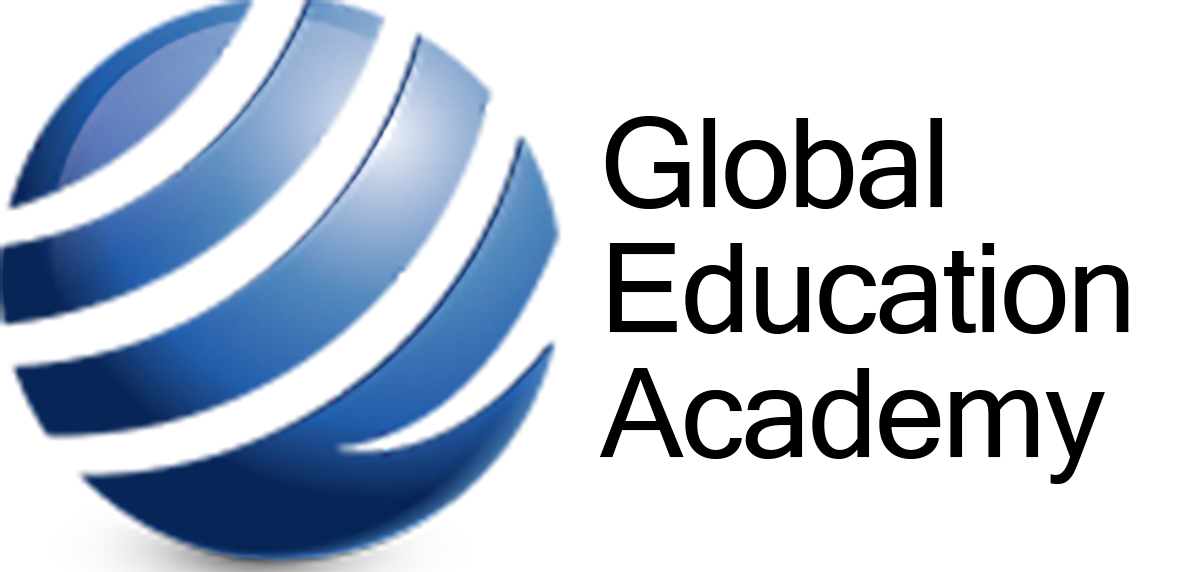Our Research-based Textbooks
Based on her PhD research into Cognitive Load Theory (CLT) at UNSW and Realistic Mathematics Education (RME) at Haifa University, our founder Dr. Majeda Awawdeh discovered that mathematics can be taught in a simpler and better way when the textbooks and the instructional material are designed based on these two theories.
RME builds deep, long-term conceptual understanding by starting from contexts that are familiar to the learners. CLT ensures that the material is written with the structure of the brain in mind and is rooted in our current understanding of human cognitive architecture. The two theories work together to maximise conceptual understanding and optimise learning.
Dr. Majeda also found that it is not limited to mathematics, but it can be applied to teaching English as well. If students learn the two core subjects effectively, she believes that they can master all other subjects because they are learning how to learn.
But the difficulty was in getting the teachers to apply these theories and teach in this way. She developed the GEA curriculum and teaching methodology based on the two theories and conducts regular teacher training. Our unique curriculum is not only mapped to the Australian curriculum, but it takes it a notch further.
In 2011, our founder put the theories into practice; she developed the whole curriculum of maths and English from kindergarten to Year 10 and started Global Education Academy. The textbooks are foundational to this.
The Structure of the Books
Each student receives 4 books for English and 4 books for mathematics every year — one book for each subject per school term.
Each book incorporates a diagnostics assessment that takes place towards the end of each school term. The assessment is an Assessment for Learning where students complete the assessment while simultaneously learning from it. Feedback is provided immediately by their teachers. Parents receive a report that numerically demonstrates students’ level of mastery in individualised areas. Based on the assessment, students can move vertically through the levels without a ceiling imposed by their age or grade at school.
While designed based on the two theories researched, the scope and sequence of the books allow for vertical and horizontal movement of students as they progress and advance throughout the year and from year to year.
The textbooks include minimal homework to consolidate what students learn in the lesson.
The English Curriculum
Our English books integrate all the components of the English language: Reading (fluency and accuracy), Reading Comprehension, Spelling (both visual and auditory), Grammar, Syntax, Punctuation and Writing (all genres). Writing includes all the stages from planning to writing to editing, which results in the ability to produce effective meaningful essays and creative writing pieces.
The books are linked vertically so students can move up during the school year without interruptions to their learning. Each unit in the book has a quiz to stimulate students’ learning and revision of previous units. It also boosts their confidence in a tangible way. The reading comprehension texts are linked with the writing genre of each unit, hence they are used as samples for students.
In addition, students are given writing booklets so they can submit their writing for marking and feedback while keeping their textbooks with them to share with their parents.
The books are designed to be comprehensive, simple to follow and aligned with the structure of learners’ brains while ticking the objectives of the curriculum.

